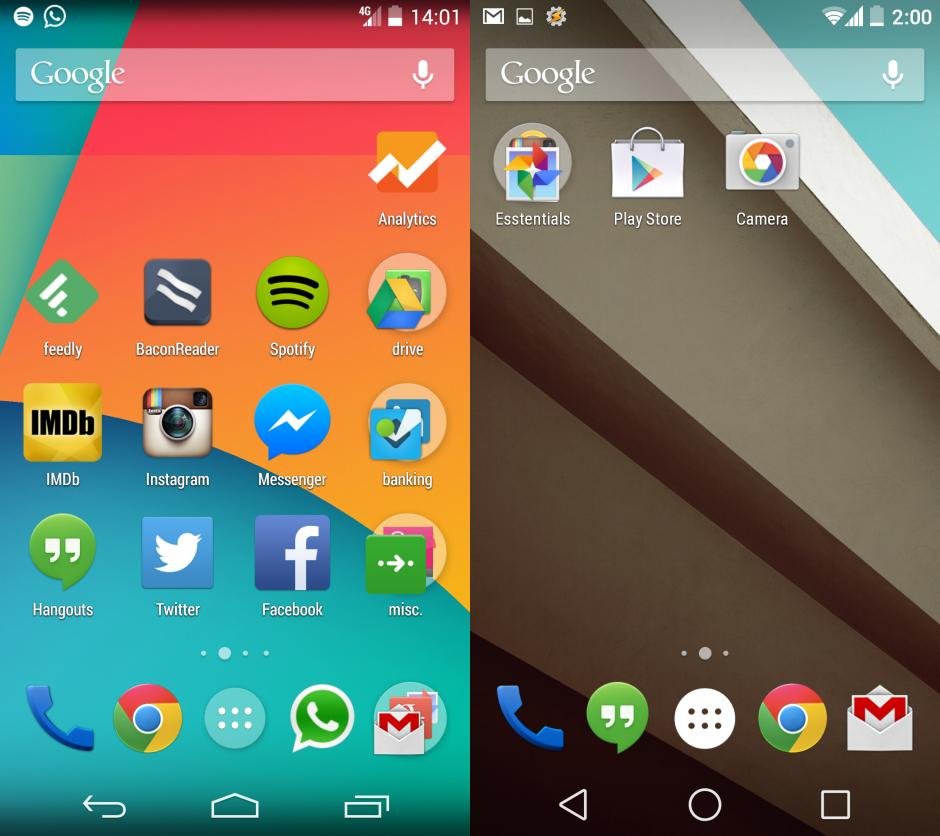Mozilla has released one of the most significant Firefox updates in the browser’s history by modernizing its design and adding in new customization options. Some of the browser’s features have also been improved, allowing Firefox to better compete against browsers like Chrome, which has a larger market share.
The browser update, Firefox 29, was made available across a variety of platforms on Tuesday. Mac and PC users should already be able to download the update while the Android version is slowly being rolled out on Google Play.
Since Firefox has continued to push the bar in terms of privacy protection, many users regard it as a great alternative to browsers like Chrome and Internet Explorer. Until now, cumbersome inter-connectivity features had limited Firefox’s growth potential, but Firefox 29 changes that.
Modernizing the browsing experience seems to be Mozilla’s goal with its latest Firefox update. In many ways, it is now more comparable to Chrome than it is to previous versions of Firefox. A streamlined interface makes it easier to use and customization options are abundant within the browser.
Tabs are now rounded and will fade into the background when not in use, making it easier to focus on the content that is open. One of the most significant changes, however, is found within Firefox’s menu.
Mozilla explains on its blog that the menu has been moved around and adjusted so that users can access add-ons, features, and services with fewer clicks.
“The menu includes a ‘Customize’ tool that transforms Firefox into a powerful customization mode where you can add or move any feature, service or add-on. This level of Firefox customization puts you in control of your Web experience and is unmatched by any other browser,” Mozilla said.
Not all of the improvements found with Firefox 29 are based around the browser’s design. Certain features, particularly Firefox Sync, have been improved in a way that will allow people to use the browser on different devices in much the same way as Chrome.
It had previously been possible to use Sync to share browsing history and bookmarks across devices, but the setup was not simple. Users had to enter three different codes on each of their devices in order to sync them together. Now users can log in with a Firefox Account and have access to the same cross-platform data.
Just like with Google Chrome, one account is all that is necessary for users to gain access to their history and saved pages. Open tabs are also saved across devices, so that work can begin on one computer or tablet and end on another.
All of the feature and design changes are based around making Firefox easier to set up and use. Given the direction that Chrome has taken, and the success that it has seen as a result, it is no surprise that Firefox is making some of the same adjustments.








